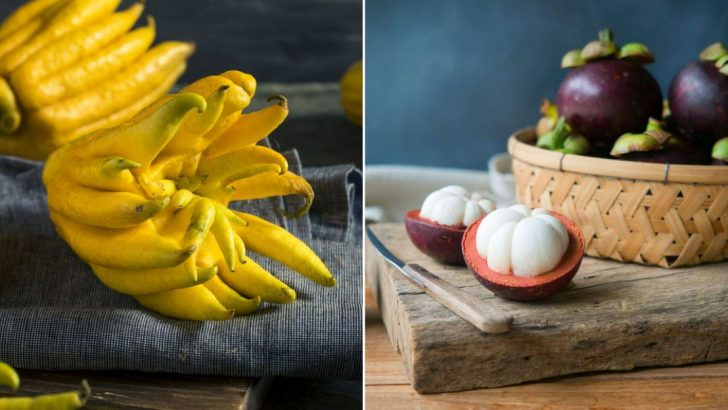Exotic fruits have a way of capturing our imagination with their unique flavors, shapes, and colors. They’re not just a treat for the taste buds but also a fascinating glimpse into the diverse world of fruits grown far from home.
Exploring these rare gems can be a delightful adventure for any fruit lover.
1. Mangosteen
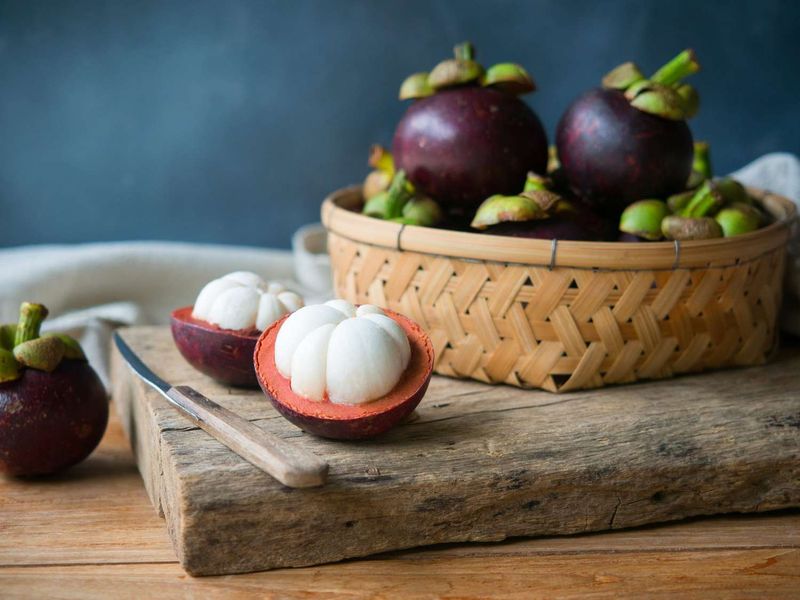
Known as the ‘queen of fruits,’ mangosteen boasts a luscious, sweet-tart flavor. Despite its tough rind, the white, juicy segments inside are a delightful reward. Mangosteens grow in tropical climates and are often enjoyed fresh or made into juices.
Finding them in the U.S. can be tricky, but specialty stores might surprise you. Packed with antioxidants, they’re a nutritious treat. Did you know? In some cultures, mangosteen is a symbol of prosperity and peace.
2. Rambutan
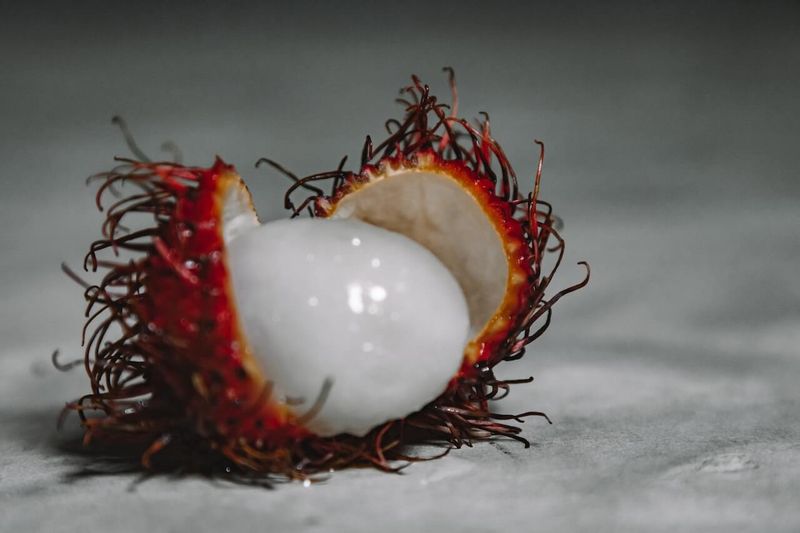
Rambutans, with their hairy red shells, are a fun and exotic treat. Inside, they hide a sweet, grape-like flesh that’s both juicy and refreshing. Native to Southeast Asia, rambutans are best eaten fresh.
Look for them in Asian markets where they might be hiding among the more common lychees. Beyond their taste, rambutans are a good source of vitamin C. A quirky fact: their name comes from ‘rambut,’ the Malay word for hair.
3. Durian
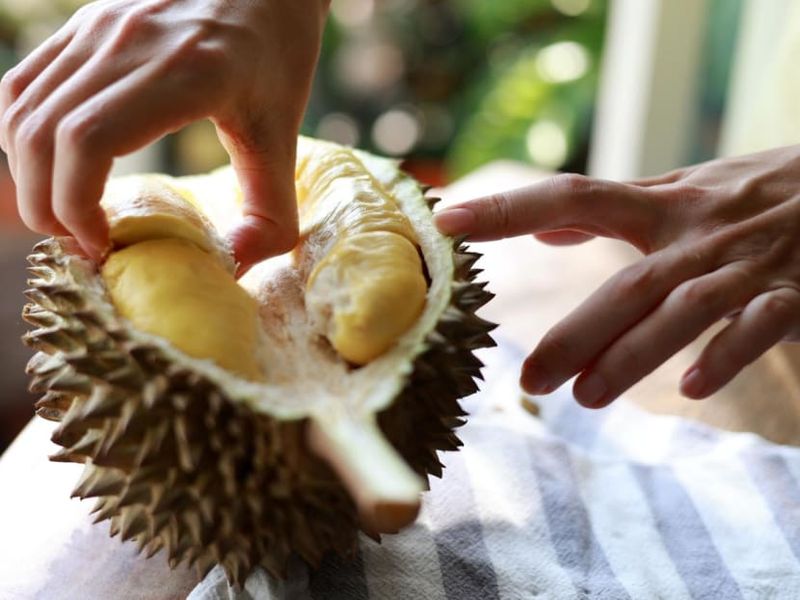
Durian is infamous for its strong odor, but don’t let that deter you. Often called the ‘king of fruits,’ its creamy, custard-like texture is beloved by many. Common in Southeast Asia, durians are best enjoyed fresh.
While rare in the U.S., some specialty stores occasionally carry them. They are high in healthy fats and various vitamins. Durian is banned in many hotels and public transportation in Asia due to its overpowering smell.
4. Salak (Snake Fruit)
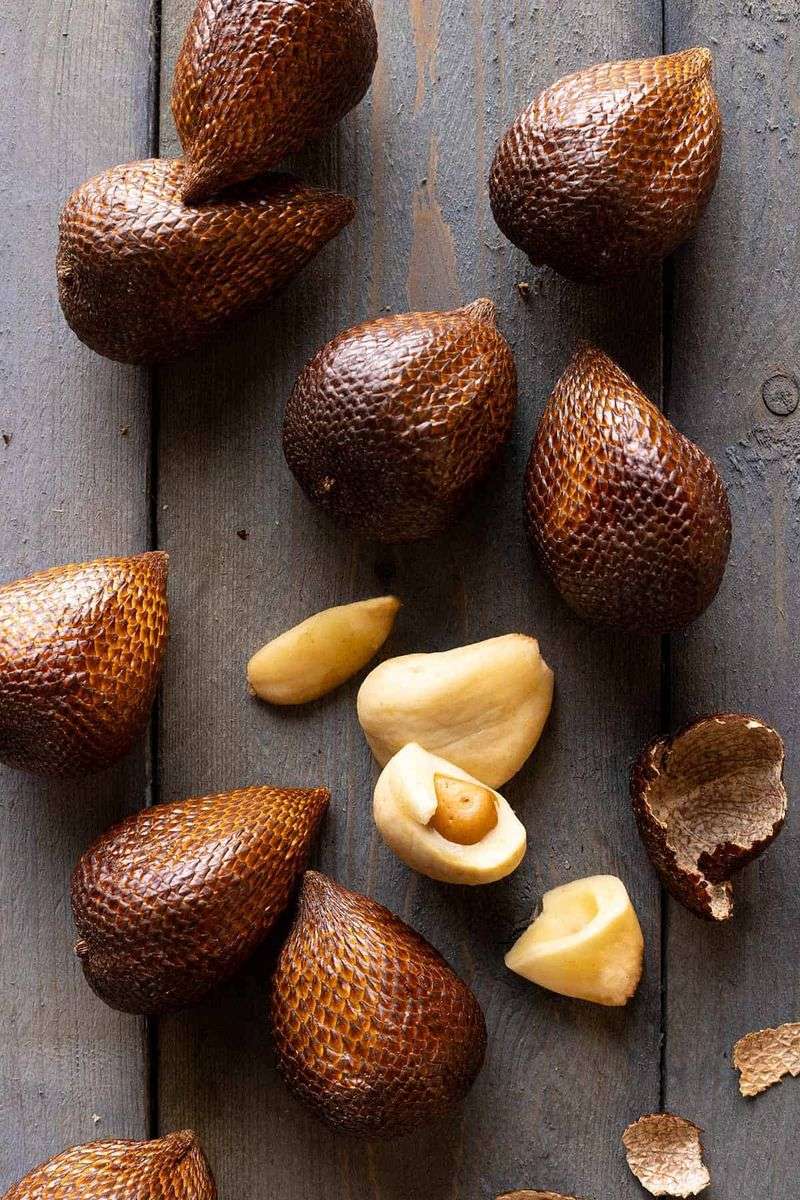
With its scaly skin, salak fruit resembles a snake, hence its nickname. Don’t let the appearance fool you; inside, the crunchy, sweet-tart flesh awaits. Originating from Indonesia, it’s a favorite snack for locals.
You might spot these intriguing fruits in Asian markets in the U.S. They offer a good dose of vitamin C and fiber. Salak is used in traditional medicine in some cultures.
5. Miracle Fruit
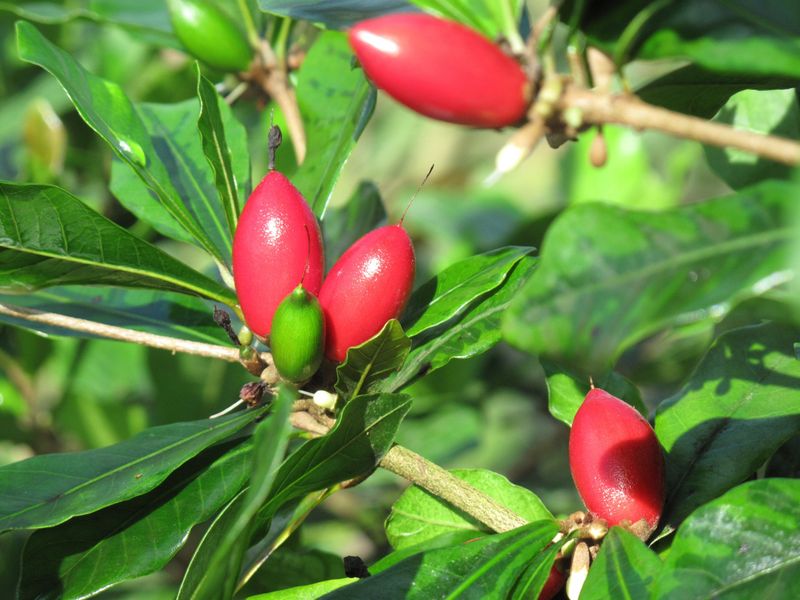
Miracle fruit, small yet powerful, can turn sour into sweet. Simply consume one berry, and lemons taste like lemonade! Originating from West Africa, this fruit is as magical as its name suggests. Some nurseries might stock miracle fruit plants.
They’re often used in taste-tripping parties. Their effect is due to a protein called miraculin, which alters taste perception temporarily.
6. Cherimoya (Custard Apple)
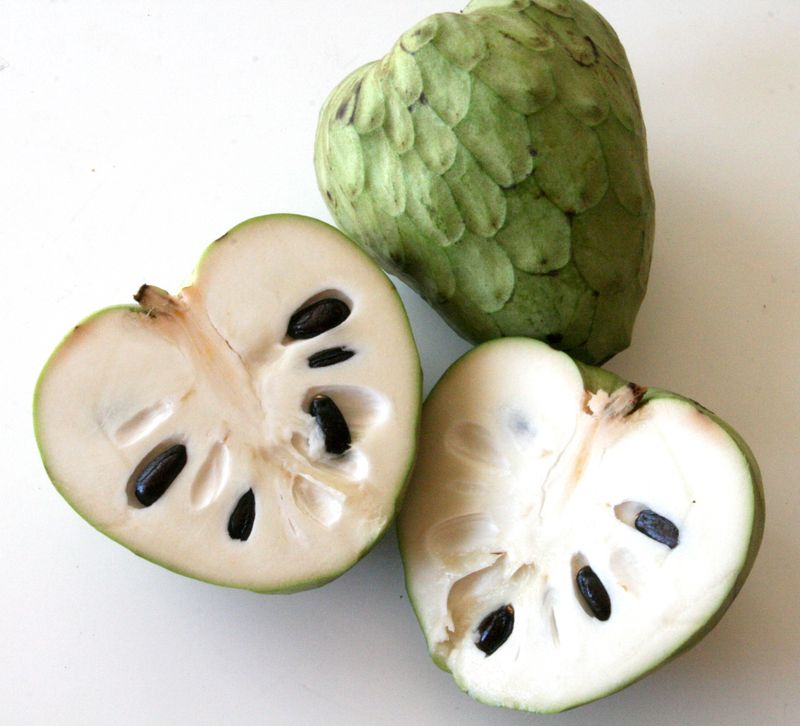
Also known as custard apple, cherimoya lives up to its name with creamy, custard-like flesh. Its sweet, tropical flavor is a blend of banana, pineapple, and pear.
Grown in subtropical regions, cherimoya is a delightful dessert fruit. They are rich in vitamins and minerals. Did you know? Mark Twain once called it ‘the most delicious fruit known to men.’
7. Buddha’s Hand
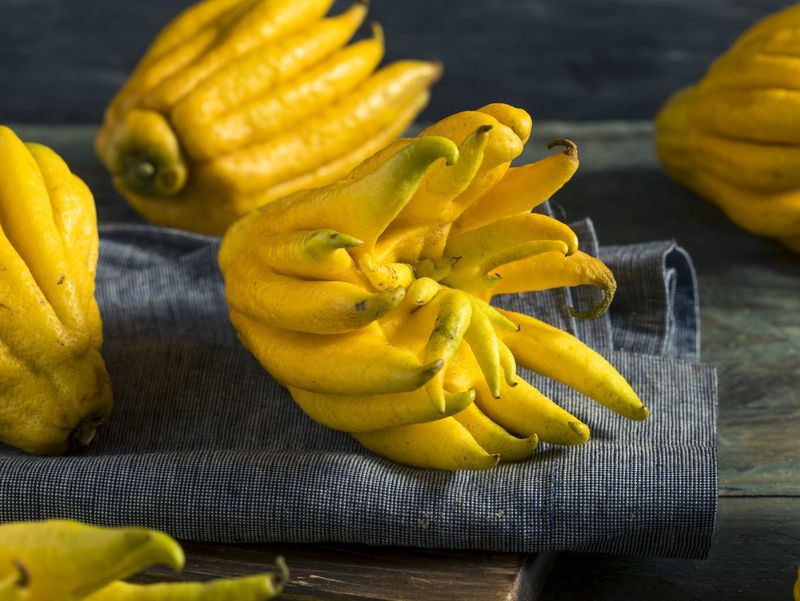
With its finger-like sections, it resembles a hand in prayer. Unlike other fruits, it lacks pulp, focusing on fragrance.
It’s often used in perfumes or as a zesty garnish. Occasionally found in specialty stores, it adds a citrusy aroma to any room. In China, it’s a symbol of happiness and longevity.
8. Langsat
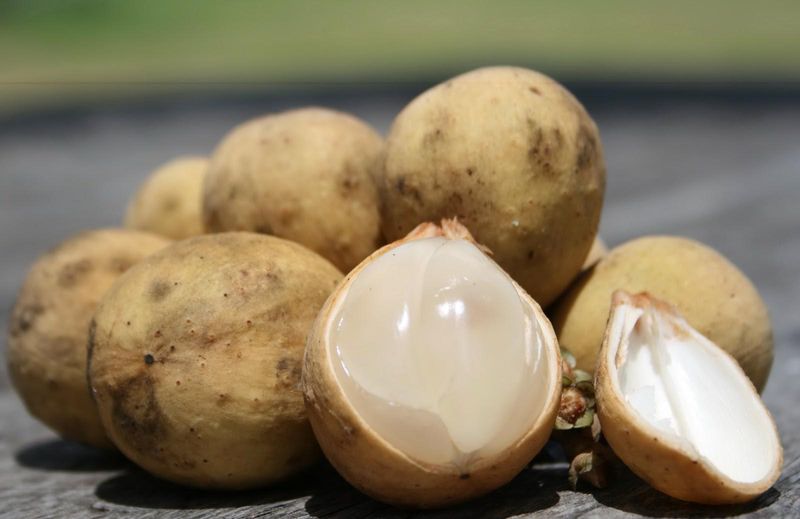
This fruit looks like a small potato but tastes like a sweet grape. Its translucent segments are juicy and refreshing. Native to Southeast Asia, langsat is a treat when eaten fresh or made into preserves.
Rich in fiber and vitamins, they’re a healthy snack. In folklore, langsat trees are believed to ward off evil spirits.
9. Jabuticaba
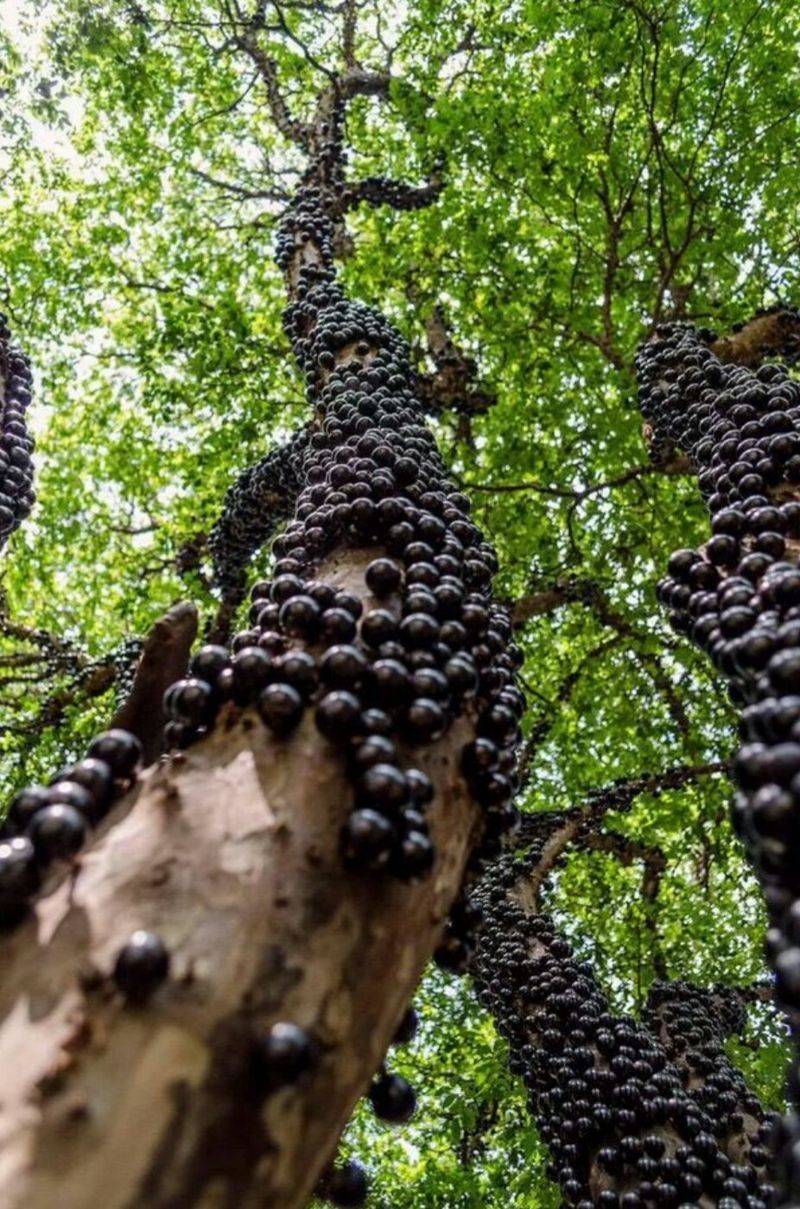
Jabuticaba is truly unique, growing directly on the trunk of the tree like clusters of grapes. This Brazilian fruit is sweet with a tart skin and is best eaten fresh or turned into jams and wines.
It’s rarely found in the U.S. but worth seeking at Latin American markets. Packed with antioxidants, it’s a healthy indulgence. Due to its appearance. they often call it the ‘Brazilian grape tree’ .
10. Sapodilla
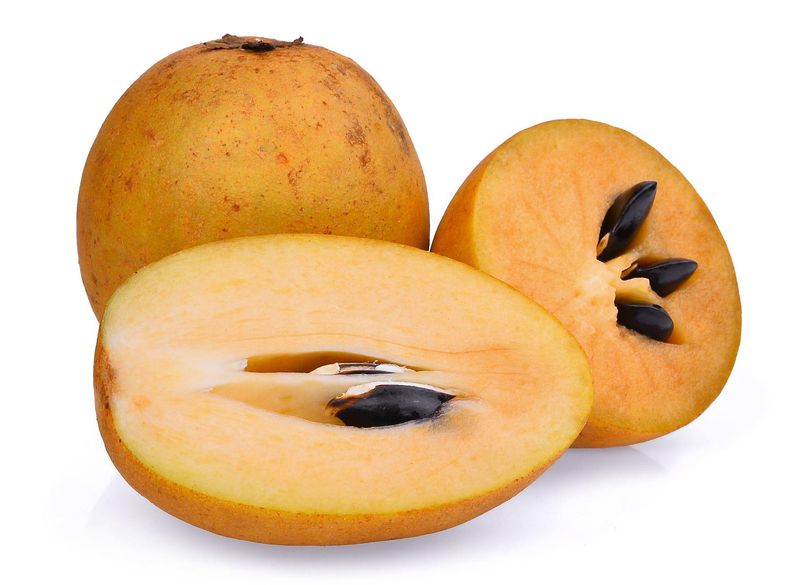
Sapodilla tastes as sweet as its brown sugar-like flesh suggests. Originating from Central America, it’s a delicious treat often eaten fresh or blended into smoothies.
They’re a good source of dietary fiber. The latex from sapodilla trees is used to make chewing gum, known as chicle.
11. Lucuma
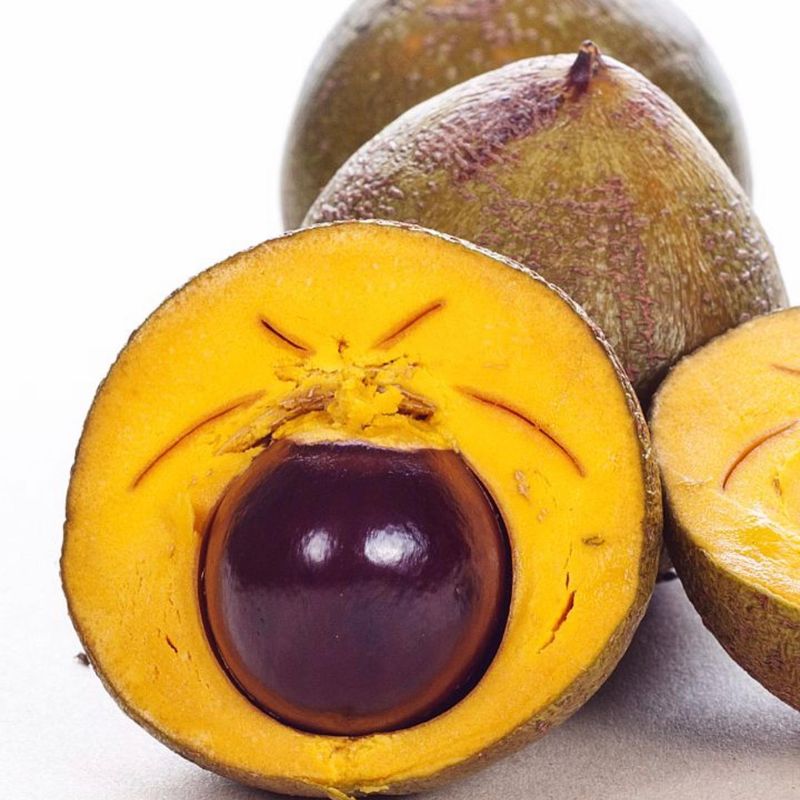
With its bright yellow flesh, lucuma is a natural sweetener. Tasting like maple and sweet potato, it’s a favorite in desserts and smoothies in its native Peru.
Once dubbed the ‘gold of the Incas’ and is still celebrated in Peruvian cuisine. This fruit is a nutritious alternative sweetener.
12. Longan
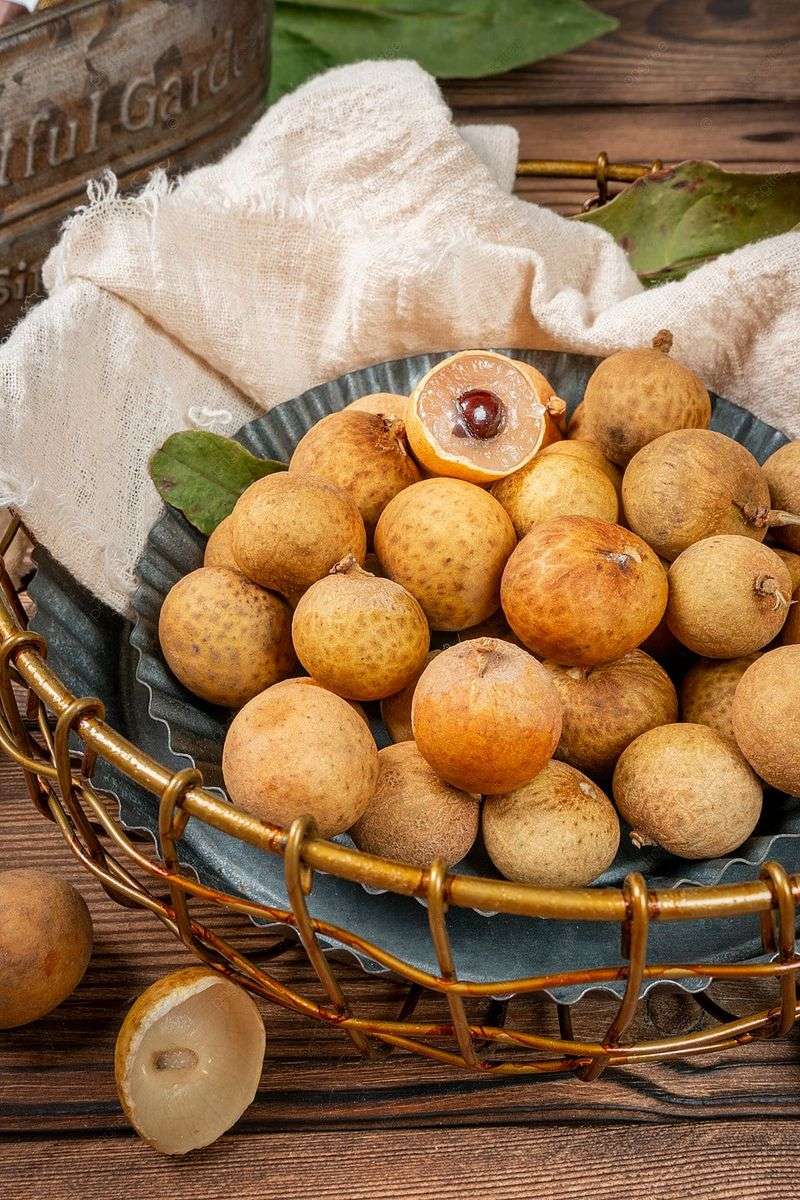
Longan, known as the ‘dragon’s eye,’ is a cousin to the lychee. With a translucent flesh, it offers a sweet and floral taste. Originating from Asia, longans are often found in desserts and snacks.
Longan is considered a warming fruit in traditional Chinese medicine, believed to boost energy. They’re rich in vitamin C. Look for them in Asian markets, especially when in season.
13. Soursop (Guanabana)
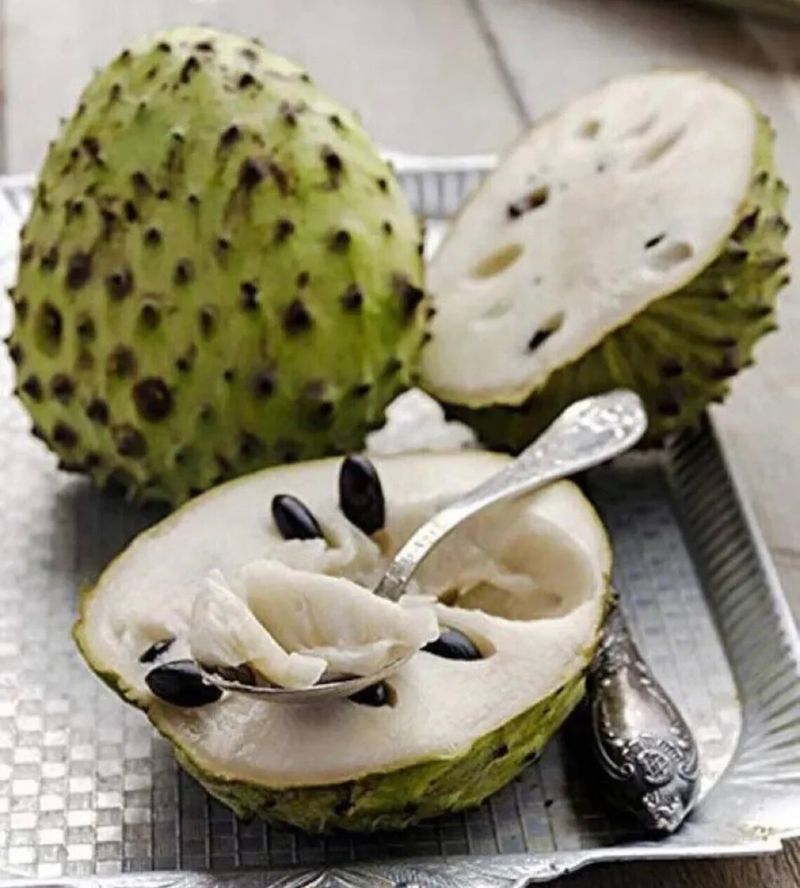
Soursop, or guanabana, teases with its spiky green skin and soft, white flesh. Its flavor is a mix of strawberry and pineapple, perfect for smoothies and desserts.
They’re noted for potential health benefits. Soursop leaves are sometimes used to make herbal teas believed to have calming effects. Some Caribbean markets might stock them in the U.S.
14. Feijoa (Pineapple Guava)
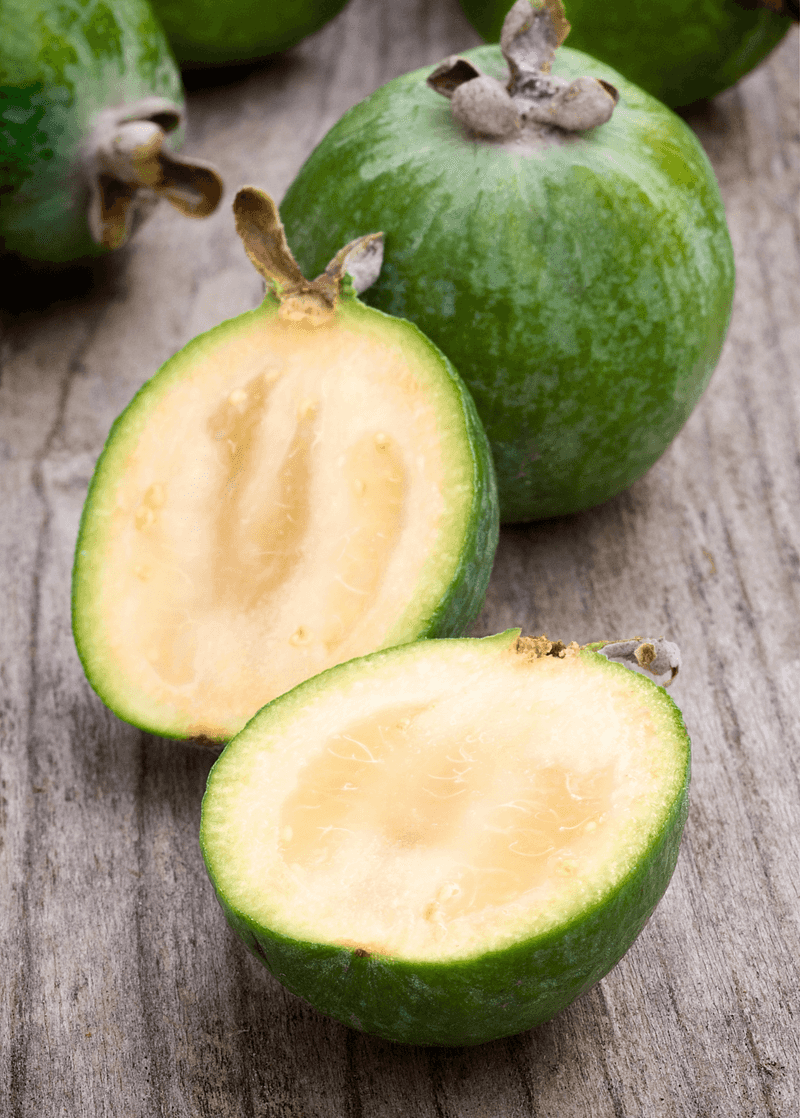
Pineapple guava or feijoa offers a taste reminiscent of pineapple and mint. Its juicy, seedy center is enjoyed fresh or in jams and jellies. Originally from South America, it’s grown in some U.S. gardens too.
Check local farmer’s markets for a chance find. They’re rich in vitamin C and dietary fiber. Interesting tidbit: feijoa is often used in New Zealand’s famous feijoa vodka.
15. African Horned Melon (Kiwano)
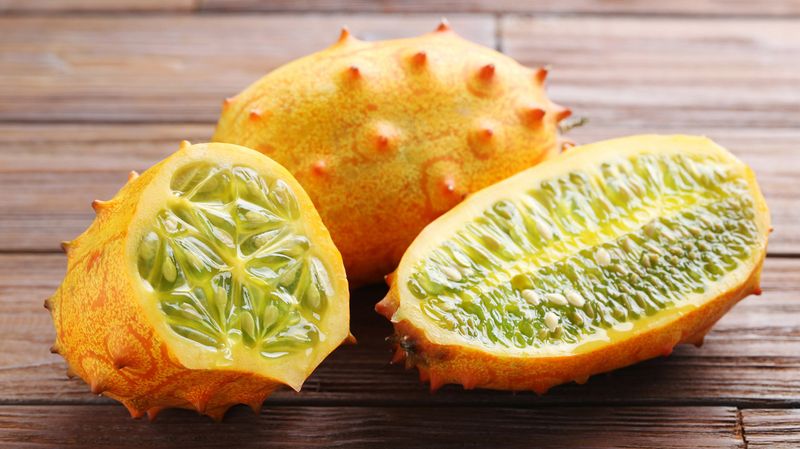
The African horned melon, or kiwano, grabs attention with its spiky orange skin and bright green interior. Its taste is a blend of cucumber, kiwi, and banana. This fruit, native to Africa, is now grown in New Zealand and California.
It’s hydrating and full of antioxidants. Kiwano’s seeds are edible, adding a crunch to its jelly-like texture.

